Explain :
(i) μofNH3>NF3
(ii) μofCH3C1>CH3F>CH3Br>CH3I
(iii) μofCO2 is zero, nut μofSO2≠0
(iv) Why the lone pair of ¯e,s has no effect on the μ of PH3. The bond angle in PH3 is 92∘.
(v) μofCH2C12>CHC13.

(Fig) Lone pair electrons :
(a) NH3 and
(b) NF3
In NH3, the net moment of (N−N) bonds and the contribution from the LP¯e,s (lone pair ¯e,s) are in the same direction and are additive [Fig].The net moment of the (N−F) bonds opposes the dipole effect of the LP¯e,s in NH3 and the resultant is less μ. So μ of NH3>NF3.
(ii) The electronegativities of halogens decrease form F to I, so μ of HG>HC1>HBr>H1. But μ of CH3F is smaller than CH3C1 due to shorter (C−F) bond distance, although EN of F is greater than that of C1.
(iii) In CO2,C is sp hybridised and linear. The bond moments of (C−O) are equal and in opposite directions and cancel each other. Hence, μ is zero.
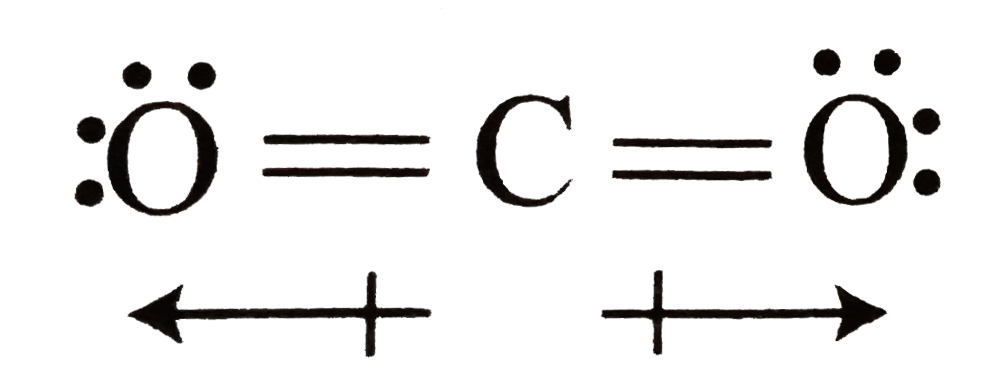
In SO2,S is sp2 hybridised having one LP¯e one S atom. The (O−S−O) bond angle is nearly 120∘,(S−O) bond moment does not cancel and shown a net resultant μ.
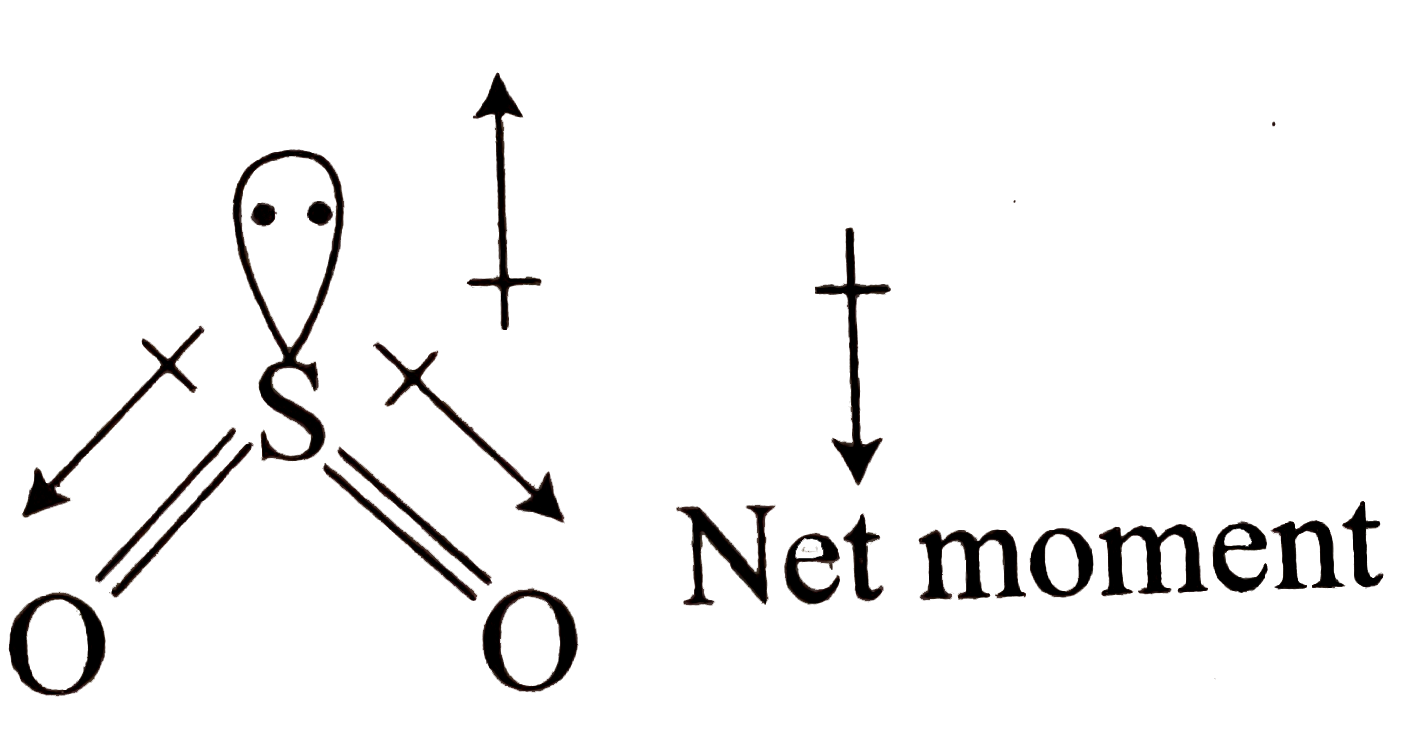
(iv) The 92∘ bond angle suggests that P uses three p atomic orbitals in forming bonds with H, with one LP¯e in 3s atomic orbital, i.e., P in PH3 is sp2 hybridised (unlike NH3, in which N is sp3 hybridised).
Therefore, due to the presence of LP¯e,s in 3s atomic orbitial of P, which is spherical symmetrical, the polarity of the molecule is not affected. In order to affect the polarity of the molecule, EN of P and H are nearly same, so PH3 molecule is almost nonpolar.
(v) 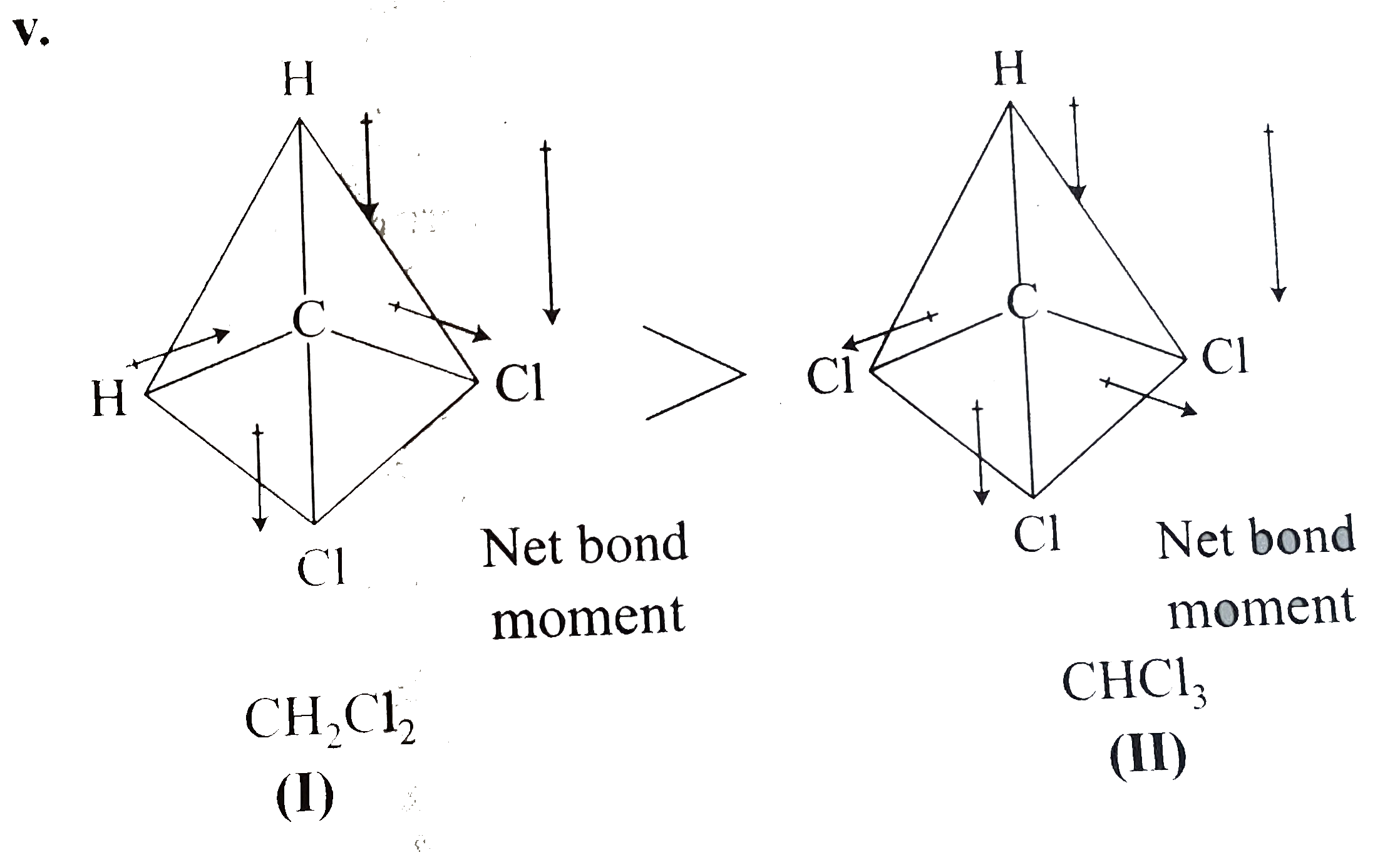
In (I), all bond moments are in the same direction, so they are additive and the net resultant μ is more than (II).
In (II), the bond moment of one of the C1 atoms opposes the net moment of the other two, so the net resultant μ is less than that of (I).
Topper's Solved these Questions
- GENERAL ORGANIC CHEMISTRYBOOK - CENGAGE CHEMISTRYCHAPTER - GENERAL ORGANIC CHEMISTRYEXERCISE - Solved Example
18 Videos
- GENERAL ORGANIC CHEMISTRYBOOK - CENGAGE CHEMISTRYCHAPTER - GENERAL ORGANIC CHEMISTRYEXERCISE - Subjective
11 Videos
- CLASSIFICATION AND NOMENCLATURE OF ORGANIC COMPOUNDSBOOK - CENGAGE CHEMISTRYCHAPTER - CLASSIFICATION AND NOMENCLATURE OF ORGANIC COMPOUNDSEXERCISE - Analytical and Descriptive Type
3 Videos
- HYDROGEN, WATER AND HYDROGEN PEROXIDEBOOK - CENGAGE CHEMISTRYCHAPTER - HYDROGEN, WATER AND HYDROGEN PEROXIDEEXERCISE - Subjective Archive (Subjective)
3 Videos
Similar Questions
What is the type of hybridisation of each carbon in the following compounds ?
(i) CH3CH3
(ii) CH3CI
(iii) (CH3)2CO
(iv) CH3CN
View SolutionThree immiscible liquids of densities d1>d2>d3 and refractive indices μ1>μ2>μ3 are put in a beaker. The height of each liquid column is h3. A dot is made at the bottom of the beaker. For near normal vision, find the apparent depth of the dot.
View Solution
Knowledge Check
In the figure shown, μ1>μ2>μ3. What are the limits of angle i so that it is neither get total internal reflection at AB nor at CD ?
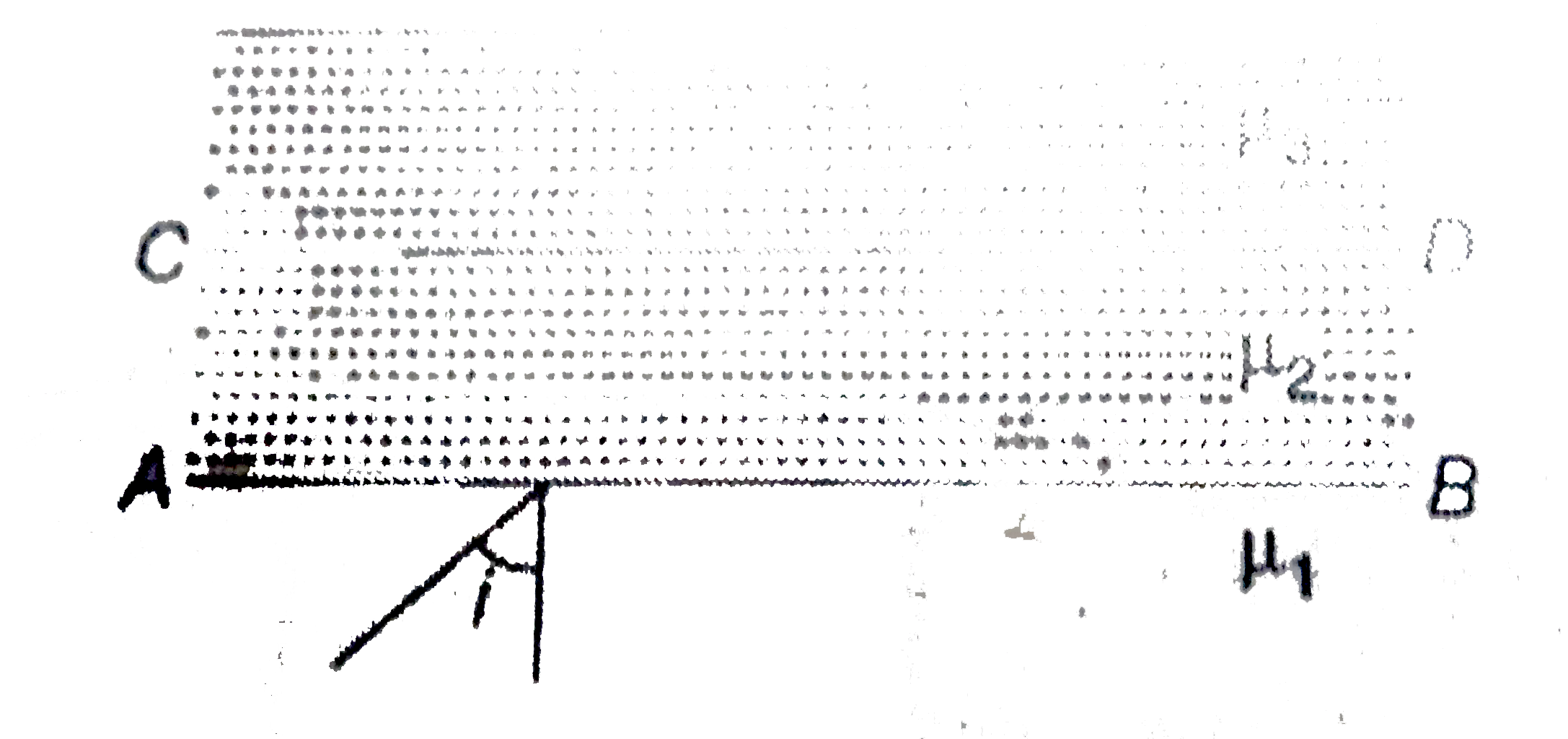 Asini<μ2(μ2)Bsini<μ3(μ1)Csini<μ3(μ2)DNone of these
Asini<μ2(μ2)Bsini<μ3(μ1)Csini<μ3(μ2)DNone of theseWhich of the following should be most volatile?
I) CH3CH2CH2NH2II)(CH3)3NIII)
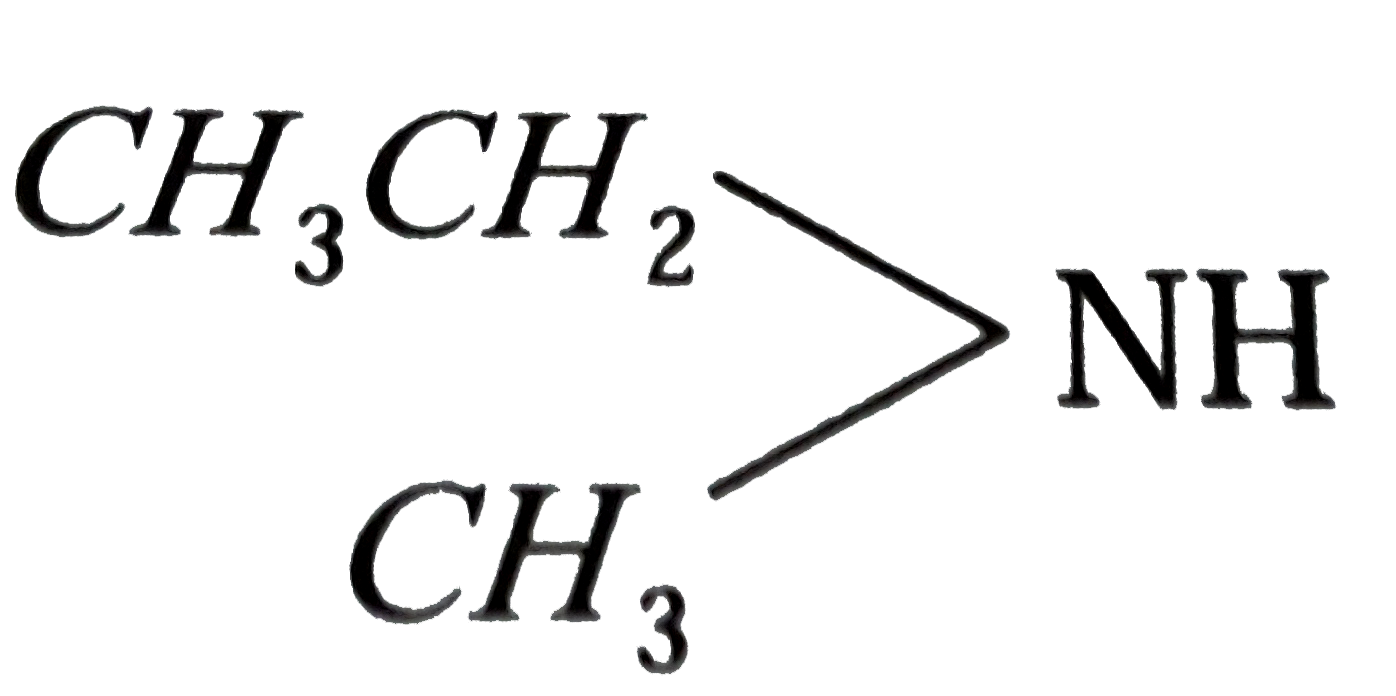
IV) CH3CH2CH3AIIBIVCIDIIIArrange the following molecules has highest dipole moment ?
(i) CH3Br (ii) CH3CH2Br
(iii) CH3CH2CH2Br
(iv) CH3CH2CH2CH2BrA(i)>(ii)>(iii)>(iv)B(iv)>(iii)>(ii)>(i)C(i)>(iii)>(ii)>(iv)D(iii)>(iv)>(i)>(ii)
Arrange the following compounds in the order of increasing boiling points :
(i) CH3COC1
(ii) (CH3CO)2O
(iii) CH3CONH2
(iv) CH3COOH.
View SolutionAssertion. Acidity of the C-H bond decreases in the order: HC≡CH>H2C=CH2>CH3−CH3
Reason. Acidity of the C-H bond increases as the electronegativity of the carbon to which it is attached increases
View SolutionWhich of the following should be most volatile?
I. CH3CH2CH2NH2
II. (CH3)2N
III.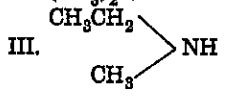 IV.CH3CH2CH3
IV.CH3CH2CH3
View SolutionWhich of the following should be most volatile?
I) CH3CH2CH2NH2II)(CH3)3NIII)

IV) CH3CH2CH3
View SolutionThe acid strength of the following carboxylic acids increases in the order ___________.
HCOOH>CH3COOH,CH3CH2COOH,CH3CH2CH2COOH
View Solution
